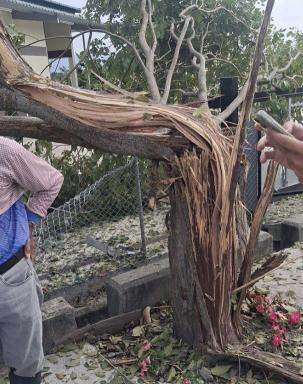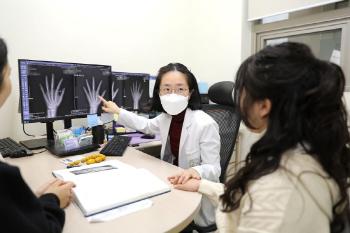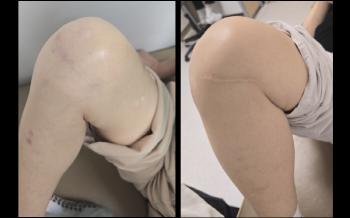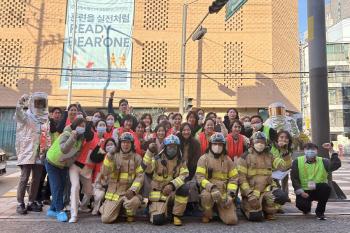This year, the deployment rate of public information at health centers dropped to 40.2%…128 locations are not open for medical treatment
|
According to the data submitted by Seo Young-seok (Democratic Party of Korea), a member of the National Assembly's Health and Welfare Committee, from the Ministry of Health and Welfare, as of June this year, the distribution rate of public information at public health centers and health centers was 85.6% and 40.2%, respectively. As of 2024, the 90% and 50% levels have collapsed this year from 93.5% and 54.4%, respectively.
In the case of health centers, the number of health centers subject to placement according to the guidelines decreased from 138 last year to 132 in June this year. However, the actual number of public health centers has decreased significantly from 129 last year to 113 this year. By city and province, it was confirmed that Incheon, Gyeonggi, Gangwon, Chungbuk, Chungnam, Jeonbuk, Gyeongnam, and Jeju regions failed to deploy all public health clinics.
In the case of health centers, according to the guidelines, the number of health centers subject to placement increased by 11 from 1,223 in 2024 to 1,234 as of June this year. However, the actual number of public health centers for the placement of public information plummeted from 665 to 496 places, collapsing even 50% of the placement rate. According to the guidelines, among the cities and provinces with health centers subject to placement, all regions except Jeju have not been able to fill the public information.
In some cases, the medical school itself is not operated because the public health doctor is not assigned to the health center. Of the 738 unplaced health centers, 532 are operated through public health care circuitry, 78 are operated through fixed-term doctors and remote consultations, but 128 are not operating medical schools themselves. By region, Gyeonggi had the largest number of locations with 28, followed by 18 each in Chungnam and Jeonnam, 17 in Jeonbuk, and 16 in Gyeongbuk.
Meanwhile, this trend is expected to continue. This is because the number of people who are transferred to the Ministry of Health and Welfare compared to the number of people required by the Ministry of Health and Welfare to the Military Manpower Administration is only half, and only 30% for medical schools. Specifically, the total number of people requested by the Ministry of Health and Welfare this year was 1,387, but the actual number of people transferred was 738, with a recruitment rate of 53.2%. It is similar to 53% last year, but there is a 36.2% point difference from 89.4% in 2020. In particular, in the case of medicine, the recruitment rate this year is only 33.2% (247 out of 745), and it has been decreasing every year since 81.2% in 2020.
Lawmaker Seo Young-seok said, `As the intensity of the crisis has steadily increased, not limited to the present, comprehensive measures in all areas such as health care, defense, military service, and balanced development are needed.'
This article was translated by Naver AI translator.




